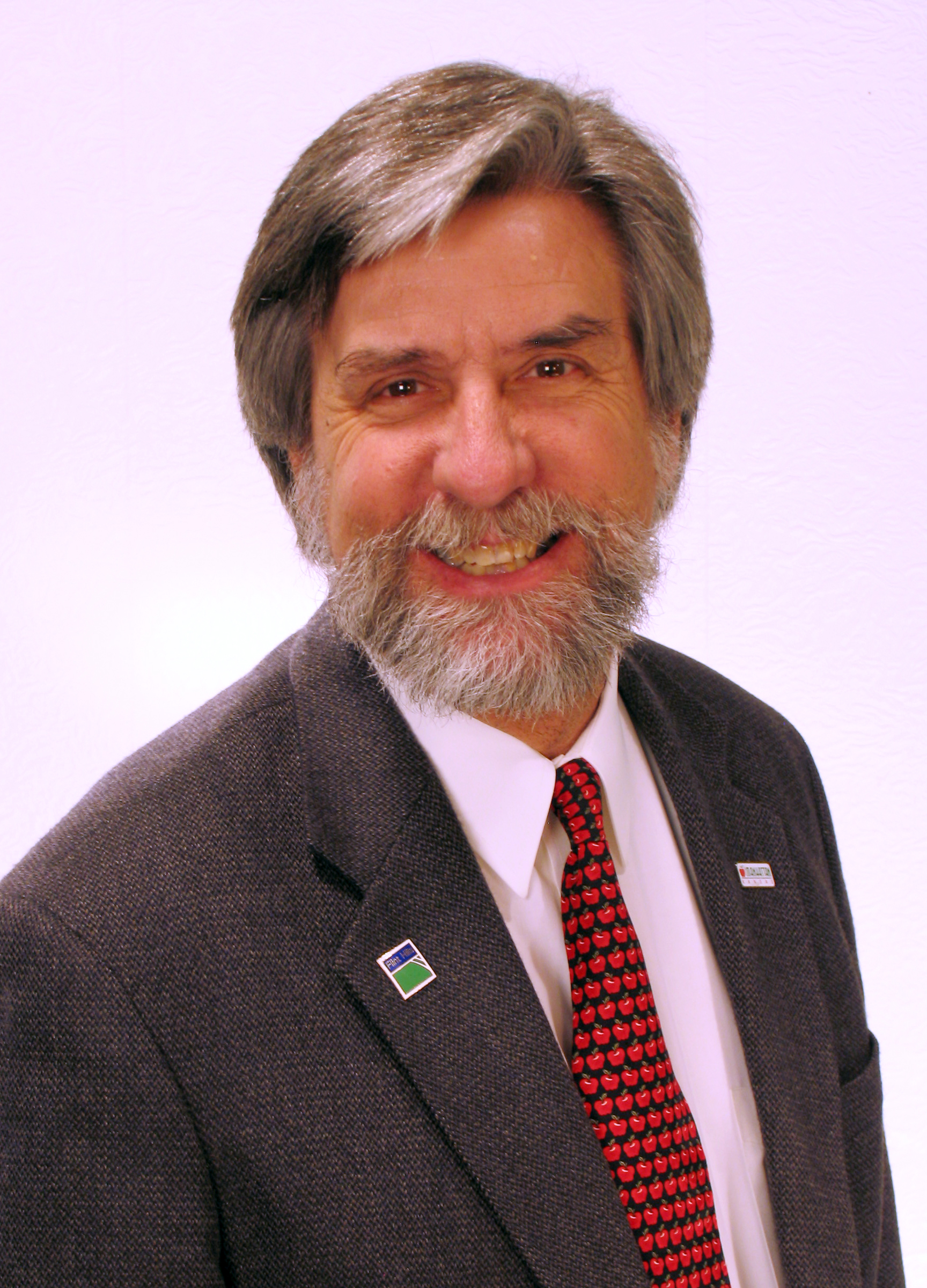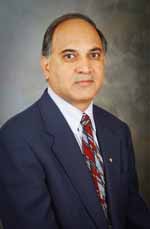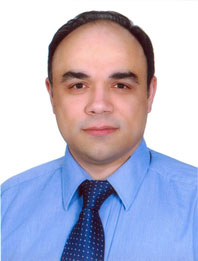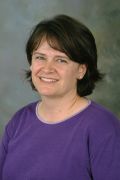2012 Research Projects
The following faculty were awarded funding for the 2012-2013 academic year. Below is a short abstract of all research funded through the EPAP program.



David Carter, Instructor, Kansas Industrial Extension Service
Nancy Larson, Director, Kansas Industrial Extension Service
Bruce Snead, Director, Kansas Industrial Extension Service
Westar Energy Energy Efficiency Intern Program
Energy efficiency has been described by many energy experts as the most abundant, cleanest and cheapest fuel source in the United States. The Kansas State Pollution Prevention Institute will exploit this energy source by augmenting its existing internship program with two students who will work for ten weeks with different electric utility customers, focusing solely on identifying energy efficiency projects and calculating energy and cost savings to justify implementation of the projects. After their internship, the interns will have the opportunity to present their research at professional conferences, such as the Kansas Environmental Conference and the Electric Utility Environmental Conference.



Sanjoy Das, associate professor of electrical and computer engineering
Anil Pahwa, professor of electrical and computer engineering
Scott DeLoach, professor of computing and information sciences
Holonic Multi-Agent Control of Intelligent Power Distribution Systems
The PIs are involved in a $1.1 million NSF funded project to create a Holonic Multi-Agent System (HMAS) software architecture to control future electrical power distribution systems, which would include solar and wind energy generation, storage devices, advanced metering and control in smart homes. The EPAP funding, which will supplement this research, will be applied to develop an extensive software platform to integrate the HMAS with computer models of the power distribution system. This will enable the team of researchers, consisting of faculty members and students, to test their HMAS algorithms through large-scale computer simulations.

Behrooz Mirafzal, assistant professor of electrical and computer engineering
Grid-Tied PV Integrated Boost Inverter
The current lifespan of Photovoltaic (PV)-based grid-tied inverters, which is about 5–10 years, remains well short of the targeted level of at least 30 years. High inverter failure rates result in frequent shutdown events, which reduce the overall reliability and utilization of PV-based energy generation units. Furthermore, unexpected shutdowns in larger units (e.g. PV farms) can result in the propagation of faults, thereby impacting the overall grid stability. The objective of this proposed research is to develop a PV-integrated single-stage boost-inverter. The proposed boost-inverter uses the topology of the current-source inverter and employs a novel switching pattern, as an alternative to the existing PV-based grid-tied inverter architectures, e.g. multi-stage converters, multi-level inverters, and micro-inverters. In the topology of the proposed inverter electrolytic capacitors are eliminated, number of semiconductor devices are reduced, and PV panels are used mainly in a parallel architecture, while the required dc-link inductors are integrated to PV panels. These features will significantly improve the reliability and robustness of grid-tied PV systems, which will advance the use of PV energy systems in the existing energy infrastructure.


Caterina Scoglio, associate professor of electrical and computer engineering
Don Gruenbacher, associate professor of electrical and computer engineering
Smart Grid Communication, Control, and Cyber Security Analysis and Experimentation on GENI
The Smart Grid initiative integrates communications, and power technologies to obtain a highly robust transmission infrastructure. However, power operators are reluctant to adopt new untested solutions. Our group at K-State is part of GENI (Global Environment for Network Innovations), a global network laboratory which enables innovation in networking. Consequently, GENI is a perfect fit to test networking solutions for smart grid in a realistic environment. In GENI, overall control for an experiment is guaranteed to each researcher through the key concept of a “slice”, which is a collection of diverse programmable resources in addition to a combination of resources. Our project addresses some key issues to allow rigorous experimentation and analysis of smart grid networking solutions in the real-world environment that incorporates resources from the Smart Grid Lab at K-State and GENI-OpenFlow networking resources of both K-State and the GENI testbed.

Shelli Starrett, associate professor of electrical and computer engineering
Developing Power-Related Lab Experiences in an Introductory Course
The work of this project will be to develop power-related laboratory exercises and “kits” for our “Introduction to Electrical Engineering” course for beginning students. This project will further develop a new one-period lab exercise, including the writing of instructional materials and the development of lab “kits” for power-related activities. In addition, a new option for the course’s final project will be developed using the kits. By using some of the basic theory gained in the class to build something that works, students should gain appreciation for Electrical Engineering and power systems topics.

Warren White, associate professor of mechanical and nuclear engineering
Wind Turbine Power Capture Optimization Using Improved Estimation in the Presence of Non-uniform Wind Flow
To receive the greatest return on investment, wind turbines must generate the greatest amount of power when operating below rated speed. Control schemes have been developed that maximize the power captured in simulations which assume uniform airflow. Turbulence produced by upstream turbines creates a situation that causes the airflow to depart from the assumed uniformity. This investigation addresses this situation by determining ways to improve the real-time estimation of the aerodynamic torque delivered to the rotor by using the NREL upwind LIDAR measurement process to predict and to adjust to the near future airflow to be seen by the turbine.
